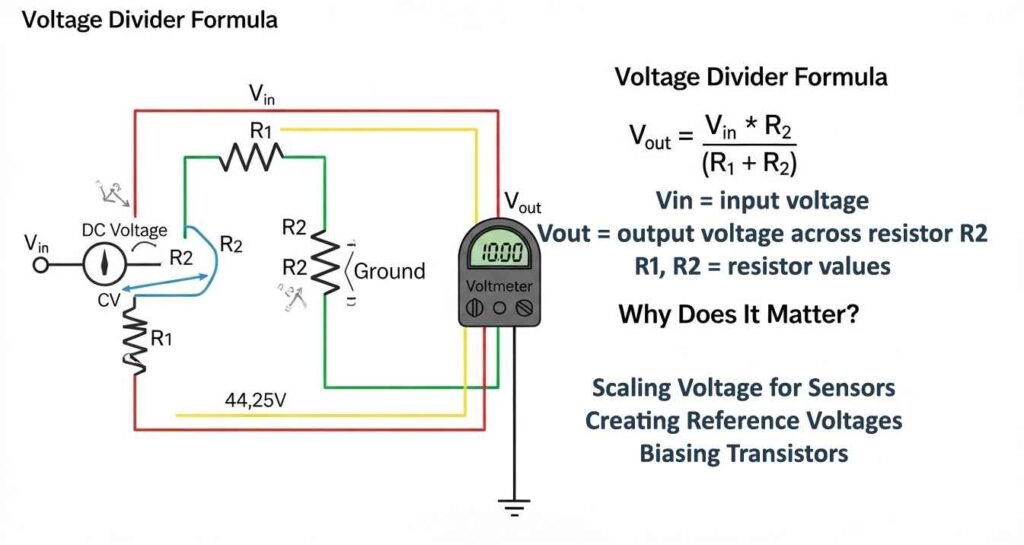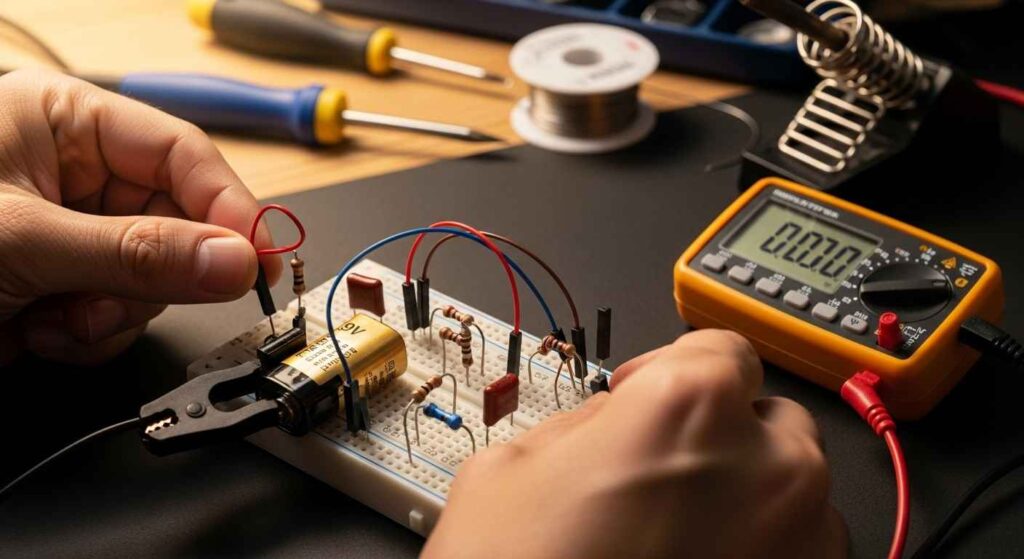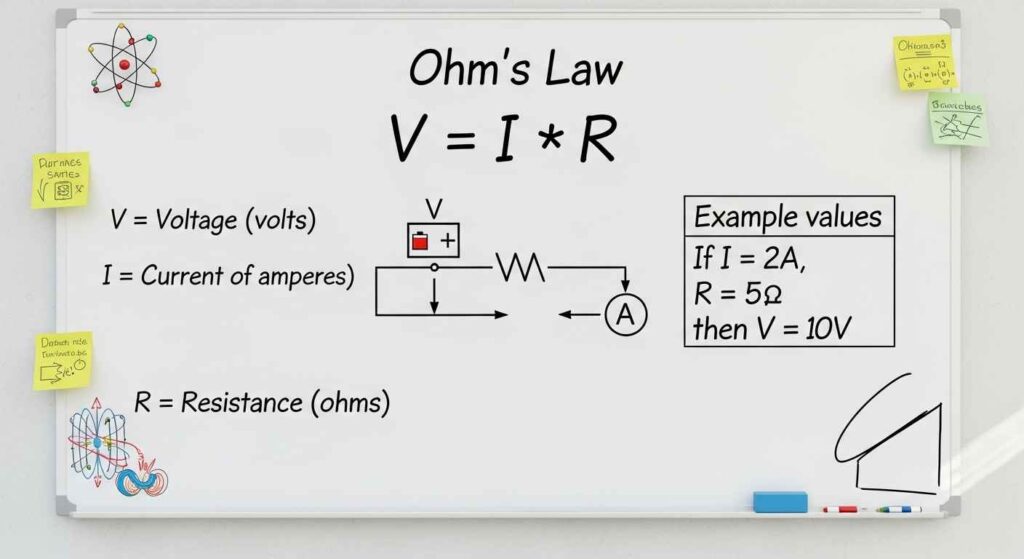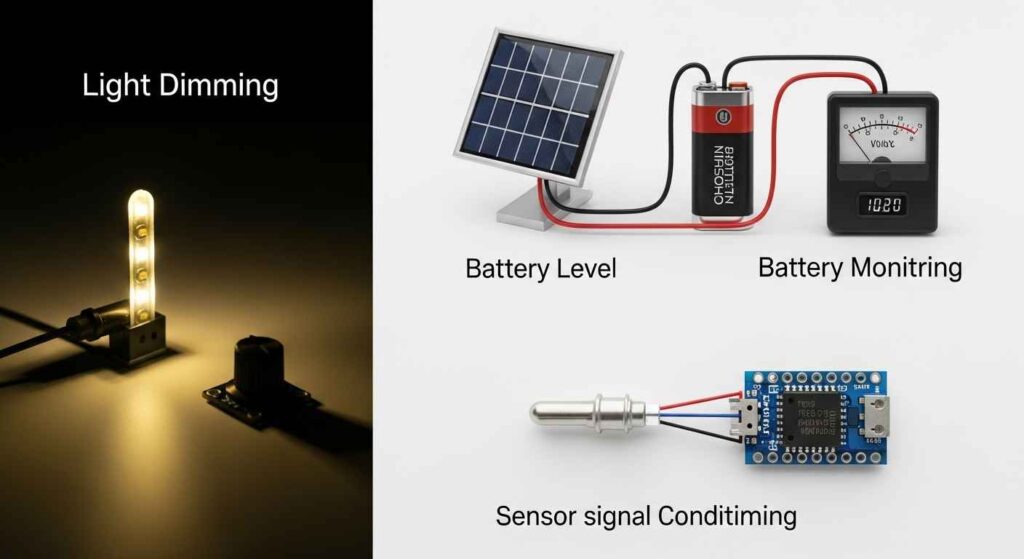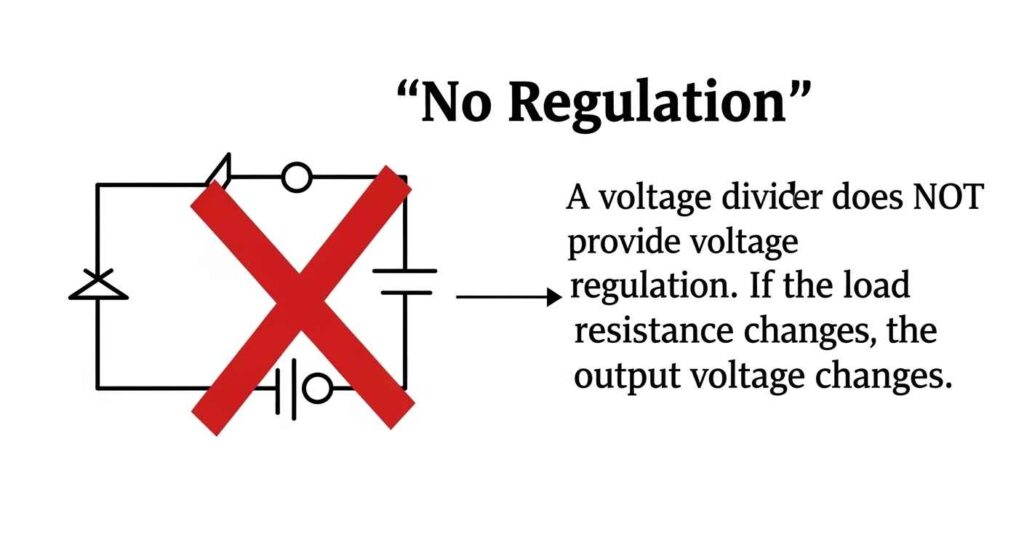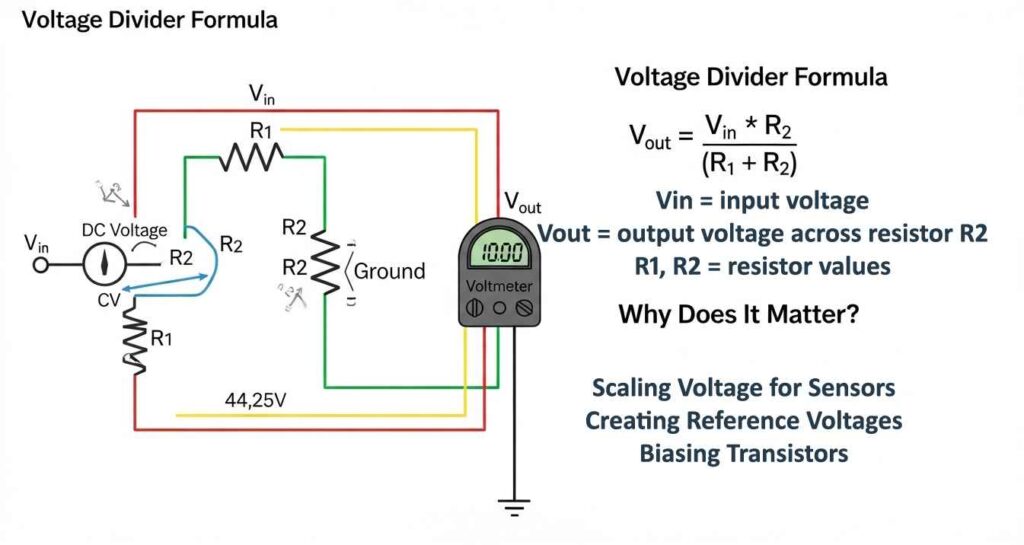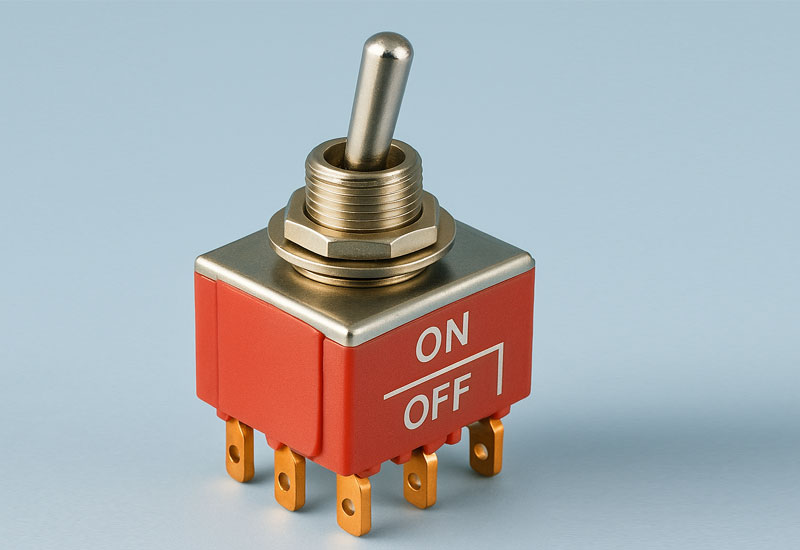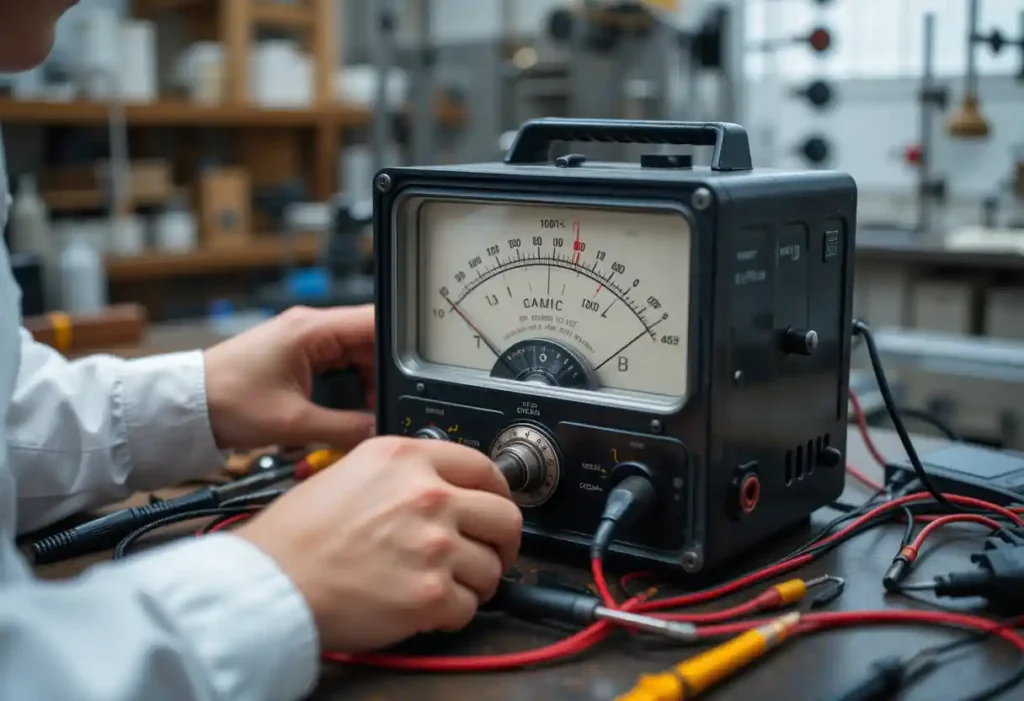Voltage Divider: Understanding and Using This Essential Circuit
I remember the first time I stumbled across a voltage divider in my electronics class. It was one of those moments where a simple concept clicked, and suddenly, a whole world of circuit design opened up. A voltage divider is one of the most fundamental tools in electronics, elegant in its simplicity yet powerful in its applications. Whether you’re a hobbyist tinkering with an Arduino or an engineer designing complex systems, understanding the voltage high dividers is a must. In this guide, I’ll walk you through what a voltage divider is, how it works, its formula, practical uses, and even some advanced considerations. Let’s dive into the world of circuits with a friendly, hands-on approach, exploring the technical details while keeping things clear and approachable.
What Is a Voltage Divider, and Why Does It Matter?
Imagine you’re building a small project, maybe a sensor circuit for a home automation system. You’ve got a 9V battery, but your sensor needs 3V to operate safely. How do you make that happen without frying your components? Enter the voltage divider a simple circuit that takes an input voltage and splits it into smaller, usable voltages. At its core, a voltage divider uses two resistors in series to create a specific output voltage that’s a fraction of the input. It’s like slicing a pizza into portions: you decide how much each part gets based on the size of the slice.
The beauty of a voltage divider lies in its versatility. From powering sensors to setting reference voltages in amplifiers, this circuit is everywhere. It’s a building block for more complex designs, like those found in an Nvidia Jetson Nano project or a high-voltage system. But before we get too far, let’s break down the basics to ensure we’re all on the same page.
The Voltage Divider Formula: The Heart of the Circuit

To understand how a voltage divider works, you need to know its formula. Picture two resistors, R1 and R2, connected in series across a power source with voltage Vin. The output voltage, Vout, is taken across R2. The divider equation is:
Vout = Vin × (R2 / (R1 + R2))
This formula comes from Ohm’s law, which tells us how voltage, current, and resistance relate. In a series circuit, the total resistance is the sum of R1 and R2, and the current flowing through both resistors is the same. The voltage across each resistor depends on its resistance value. By choosing the right resistors, you can get the exact output voltage you need.
Let’s say you have a 12V battery, and you want 4V for a component. If R1 is 8kΩ and R2 is 4kΩ, the total resistance is 12kΩ. Plugging into the divider formula:
Vout = 12V × (4kΩ / (8kΩ + 4kΩ)) = 12V × (4/12) = 4V
It’s straightforward, but the magic happens when you start playing with resistor values to fine-tune your circuit.
Building a Voltage Divider: A Step-by-Step Example

Let’s walk through a real-world scenario. Suppose you’re working on a project with an Nvidia Jetson Nano, a compact computer that needs precise voltage levels for its sensors. You’re using a 5V power supply, but one of your sensors requires 2V. Here’s how you’d set up a voltage divider.
First, choose two resistors. For simplicity, let’s pick R1 = 3kΩ and R2 = 2kΩ. Connect them in series: one end of R1 to the 5V supply, the other end of R1 to one end of R2, and the other end of R2 to ground. Your output voltage is measured across R2. Using the voltage divider equation:
Vout = 5V × (2kΩ / (3kΩ + 2kΩ)) = 5V × (2/5) = 2V
You’ve got your 2V! But here’s where it gets practical: always double-check your resistor values with a multimeter, as real-world resistors have tolerances (usually ±5% or ±10%). A slight variation can shift your output voltage, which might matter in sensitive circuits.
Why Ohm’s Law Is Your Best Friend Here

The voltage divider formula isn’t some standalone magic—it’s rooted in Ohm’s law: V = I × R. In a series circuit, the current is constant, so the voltage across each resistor depends on its resistance. This is why the voltage divider equation works: it’s just ohms law calculator rearranged to solve for the voltage across R2.
To make this concrete, consider the current in our previous example. The total resistance is 5kΩ, and the input voltage is 5V. The current is:
I = Vin / (R1 + R2) = 5V / 5kΩ = 1mA
The voltage across R2 is then:
Vout = I × R2 = 1mA × 2kΩ = 2V
This confirms our earlier calculation and shows how Ohm’s law underpins the voltage divider. If you’re ever stuck, an Ohm’s law calculator can help you verify your math, but understanding the relationship is key.
Practical Applications: Where Voltage Dividers Shine

Voltage dividers are everywhere in electronics. When I was building a temperature sensor circuit for a greenhouse, I used a voltage divider to scale down a 9V supply to 3.3V for a microcontroller. This is a common use case: microcontrollers like those in the Jetson Nano often need specific voltage levels to avoid damage.
Another place you’ll see voltage dividers is in audio circuits. They’re used to set bias points in amplifiers, ensuring the signal stays within the right range. In high-voltage systems, like those in industrial equipment, voltage dividers scale down signals for safe monitoring. Even in simple projects, like adjusting the brightness of an LED, a voltage divider can help control the voltage across the circuit.
But it’s not just about splitting voltages. Voltage dividers are often paired with other components, like capacitors or transistors, to create filters or reference voltages. They’re a foundational piece of the electrical wiring & circuit puzzle, making them indispensable for anyone working with electronics.
Current Divider vs. Voltage Divider: What’s the Difference?

While we’re on the topic, let’s clear up a common confusion: the difference between a voltage divider and a current divider. A voltage divider splits voltage across resistors in series, as we’ve discussed. A current divider, on the other hand, splits current across resistors in parallel. The current divider rule formula is:
Iout = Itotal × (Rtotal / Rbranch)
where Rtotal is the equivalent resistance of the parallel resistors, and Rbranch is the resistance of the branch you’re measuring. For example, if you have two resistors in parallel, R1 and R2, the current through R2 is:
I2 = Itotal × (R1 / (R1 + R2))
This is useful in circuits where you need to control how much current flows through different paths, like in a circuit breaker circuit or a wiring connection diagram for a complex system. Understanding both dividers helps you design more efficient circuits.
Limitations and Pitfalls: What to Watch Out For

Voltage dividers are fantastic, but they’re not perfect. One major limitation is that they’re sensitive to load. If you connect a load (like a sensor or another circuit) across R2, it acts like a parallel resistor, changing the effective resistance and thus the output voltage. This is called voltage drop, and it can throw off your calculations.
For example, let’s say you designed a voltage divider for 3V, but the load you connect has a resistance of 1kΩ. This load parallels R2, reducing the effective resistance and lowering Vout. To avoid this, you need to ensure the load resistance is much higher than R2 (typically 10 times or more). If that’s not possible, you might need a voltage regulator instead.
Another issue is power dissipation. Resistors convert electrical energy into heat, and in high-voltage circuits, this can lead to overheating. Always check the power rating of your resistors using P = I²R to ensure they can handle the load. In my early projects, I once fried a resistor by ignoring this—lesson learned!
Advanced Concepts: Taking Voltage Dividers Further

Once you’ve got the basics down, you can explore more advanced uses. For instance, in a circuit breaker circuit, a voltage divider might be used to monitor high-voltage lines by scaling down the voltage to a safe level for measurement. The same principle applies in electric breaker systems, where precise voltage control is critical for safety.
You can also combine voltage dividers with other components. In a series circuit with a capacitor, you can create a low-pass filter to remove high-frequency noise. In sensor applications, a voltage divider with a variable resistor (like a potentiometer) lets you adjust the output dynamically—perfect for projects like a light-sensitive lamp.
For those diving into microcontrollers, like the Nvidia Jetson, voltage dividers are crucial for interfacing sensors. Many sensors output analog signals that need to be scaled to match the Jetson’s input range (typically 0–3.3V). A well-designed voltage divider ensures accurate readings without damaging the board.
Voltage Divider in Action: A Real-World Calculation

Let’s do a detailed calculation to tie it all together. Suppose you’re designing a circuit for a home automation system. You have a 15V power supply, and you need 5V for a motion sensor. You choose R1 = 10kΩ and R2 = 5kΩ. Here’s how it breaks down:
Total resistance: R1 + R2 = 10kΩ + 5kΩ = 15kΩ
Current: I = Vin / (R1 + R2) = 15V / 15kΩ = 1mA
Output voltage: Vout = Vin × (R2 / (R1 + R2)) = 15V × (5kΩ / 15kΩ) = 5V
Power dissipation in R2: P = I²R = (1mA)² × 5kΩ = 0.005W
Since most resistors are rated for 0.25W or more, you’re safe here. But if the sensor draws significant current, you’d need to recalculate with the load in parallel. This kind of voltage drop calculation is critical for reliable designs.
Reference Table: Common Voltage Divider Scenarios
To make things easier, here’s a table of common voltage divider setups for a 12V input, showing resistor pairs and their output voltages. This assumes no significant load.
R1 (kΩ) | R2 (kΩ) | Vout (V) | Use Case Example |
|---|---|---|---|
| 6 | 6 | 6 | Powering a 6V relay |
| 8 | 4 | 4 | Sensor for Jetson Nano |
| 3 | 9 | 9 | LED driver circuit |
| 10 | 5 | 4 | Microcontroller input |
This table is a handy reference for quick designs, but always verify with a voltage divider circuit formula for precision.
Troubleshooting Tips from Experience
When I first started with voltage dividers, I made plenty of mistakes. One time, I used resistors with too low a resistance (100Ω each), and my circuit got hot fast. Higher resistance values (in the kΩ range) are usually better for low-power applications, as they reduce current and heat.
Another tip: always test your circuit on a breadboard before soldering. If your output voltage is off, check for loose connections or incorrect resistor values. A wiring connection diagram can help you visualize the setup. And if you’re working with high voltage, double-check your resistor power ratings to avoid damage.
Wrapping Up: Your Voltage Divider Journey
The voltage divider is like a trusty friend in electronics simple, reliable, and endlessly useful. Whether you’re scaling voltages for a sensor, setting up a circuit breaker system, or experimenting with a Jetson Nano, this circuit is a go-to solution. By mastering the voltage divider formula and understanding its limitations, you can tackle a wide range of projects with confidence.
I hope this guide has given you a clear, practical understanding of voltage dividers. Try building one yourself—grab a couple of resistors, a multimeter, and a power supply, and see what you can create. If you’re stuck, revisit the voltage division formula or experiment with an Ohm’s law calculator. The world of electronics is full of possibilities, and the voltage divider is your first step into it.


